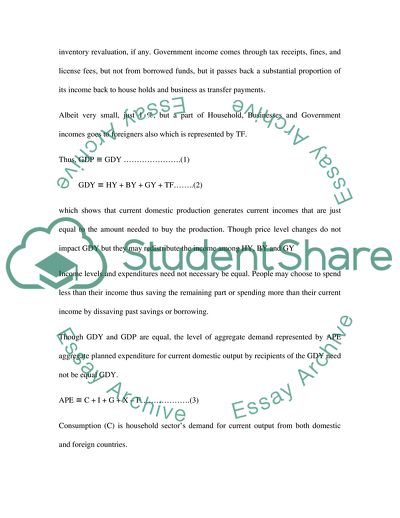Cite this document
(The Important Notions of Income Assignment Example | Topics and Well Written Essays - 2250 words, n.d.)
The Important Notions of Income Assignment Example | Topics and Well Written Essays - 2250 words. https://studentshare.org/macro-microeconomics/1736840-ec-202
The Important Notions of Income Assignment Example | Topics and Well Written Essays - 2250 words. https://studentshare.org/macro-microeconomics/1736840-ec-202
(The Important Notions of Income Assignment Example | Topics and Well Written Essays - 2250 Words)
The Important Notions of Income Assignment Example | Topics and Well Written Essays - 2250 Words. https://studentshare.org/macro-microeconomics/1736840-ec-202.
The Important Notions of Income Assignment Example | Topics and Well Written Essays - 2250 Words. https://studentshare.org/macro-microeconomics/1736840-ec-202.
“The Important Notions of Income Assignment Example | Topics and Well Written Essays - 2250 Words”. https://studentshare.org/macro-microeconomics/1736840-ec-202.


